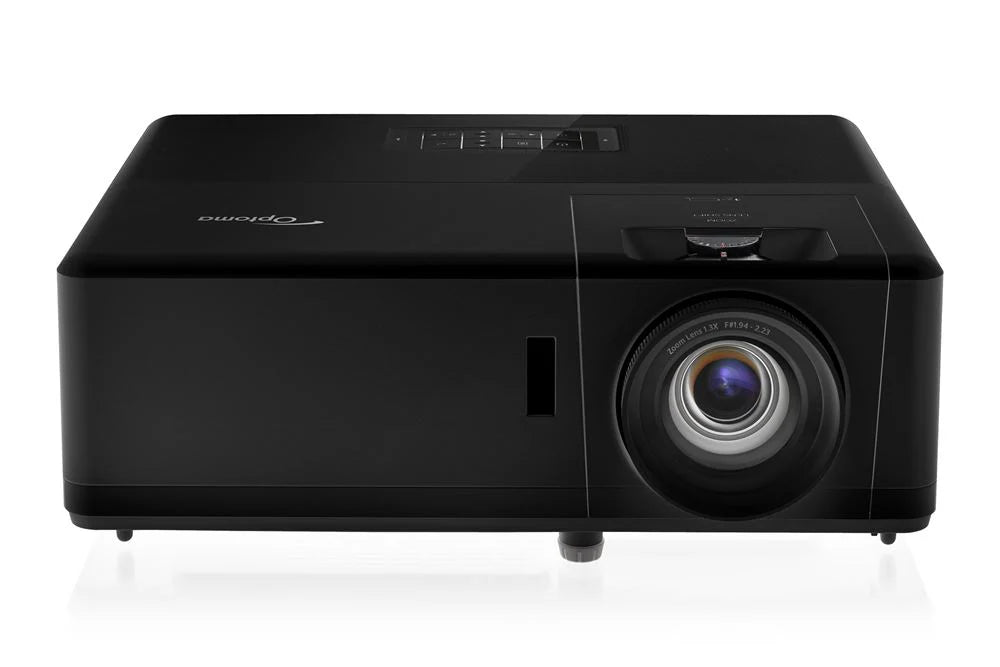In the world of visual display technology, laser projectors have emerged as a significant innovation, offering remarkable advancements over traditional projectors. Let's delve into the introduction of laser projector technology, its evolution in the market, and the various cutting-edge technologies associated with it.
Introduction of Laser Projector Technology.
The concept of laser projectors gained prominence in the 1980s, marking a significant advancement in projection technology. The introduction of laser projectors revolutionized the realm of visual displays by offering superior clarity, extended lifespan, and heightened energy efficiency compared to their analog counterparts. As a result, they rapidly became the industry standard due to their brightness and efficiency.
Evolution of Laser Projector.
- The evolution of projection technology spans centuries, from magic lanterns to modern laser projectors .
- In the 2000s, the widespread adoption of home entertainment systems and digital signage further propelled the demand for laser projectors .
- Laser projectors became increasingly accessible and affordable in the 2020s, positioning themselves as a compelling alternative across various applications.
Advancements in Laser Projection Technology.
- Laser Light Source: Instead of traditional lamps, laser projectors use lasers as their light source. These lasers emit highly concentrated light beams, offering excellent brightness and color accuracy.
- Optical System: Laser projectors contain sophisticated optical systems comprising mirrors, lenses, and color wheels to control the laser beams and create sharp images.
- DLP or LCoS Technology: Laser projectors often utilize Digital Light Processing (DLP) or Liquid Crystal on Silicon (LCoS) technology to generate images. DLP projectors use microscopically small mirrors to reflect light, while LCoS projectors modulate light using liquid crystals.
Advantages of Laser Projectors.
- Brightness and Color Accuracy: Laser projectors typically deliver higher brightness levels and better color accuracy compared to lamp-based projectors, resulting in vivid and lifelike images.
- Longevity: Laser light sources have a longer lifespan compared to traditional lamps, reducing the frequency of replacements and maintenance costs.
- Instant On/Off: Laser projectors offer instant on/off functionality, allowing users to start and stop presentations or screenings without waiting for the projector to warm up or cool down.
- Energy Efficiency: Laser projectors are more energy-efficient than lamp-based alternatives, consuming less power and reducing operational costs over time.
- Compact Design: Laser projectors are often more compact and lightweight than lamp-based projectors, making them easier to install and transport.
Applications of Laser Projectors:
- Home Theater: Laser projectors provide an immersive viewing experience for home theaters, offering cinema-quality images with rich colors and high contrast ratios.
- Business Presentations: Laser projectors are commonly used in boardrooms and conference rooms for presentations, offering bright and clear images even in well-lit environments.
- Education: Laser projectors enhance the learning experience in classrooms by displaying educational content with exceptional clarity and detail.
- Large-Scale Events: Laser projectors are ideal for projecting images onto large screens or surfaces in concerts, exhibitions, and outdoor events due to their high brightness and reliability.
Conclusion:
Laser projectors have transformed the way we interact with visual content, offering vivid and brilliant colors, extended lifespan, and enhanced energy efficiency. The introduction and evolution of laser projector technology, along with key advancements in associated technologies, have redefined the realm of visual displays, promising a future of immersive experiences for a wide range of applications.

